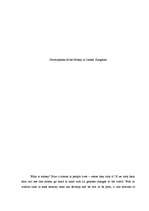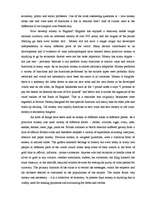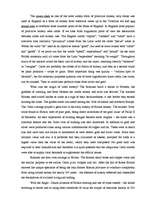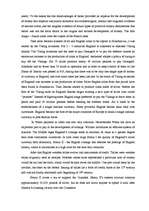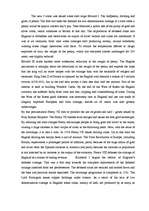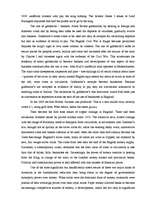-
Development of Money in United Kingdom
What is money? How it comes in people lives – where they took it? If we look back than will see that money go hand in hand with all greatest changes in the world. With or without cash in state treasury state can develop and be rich or be poor, it was relevant to economy, politic and social problems. One of the most interesting questions is – how money looks like and what kind of functions it has in Ancient time? And of course what is the difference if we compare with Present day.
How develop money in England? England has enjoyed a relatively stable single national currency with an unbroken history of over 900 years, and the origins of the pound Sterling go back even further still. Money did not have a single origin but developed independently in many different parts of the world. Many factors contributed to its development and if evidence of what anthropologists have learned about primitive money is anything to go by economic factors were not the most important. Money has many origins – not just one – precisely because it can perform many functions in similar ways and similar functions in many ways. As an intuition money is almost infinitely adaptable. Money performs a variety of functions and the functions performed by the earliest types were probably fairly restricted and would not necessarily have been the same in all societies. Money is fungible: there is a tendency for older forms to take on new roles and for new forms to be developed which take an old roles, on English banknotes such as the 5 pound notes it says “I promise to pay the bearer on demand the sum of five pounds” and below that it carries the signature of the chief cashier of the Bank of England. This is a reminder that originally banknotes were regarded in Britain. Money designed for one specific function will easily take on other jobs and come up smiling. Old money very rapidly functions in new ways and new money in old ways: money is eminently fungible. …
Description of money development starting from time of primitive money until first issue of copper coinage.

